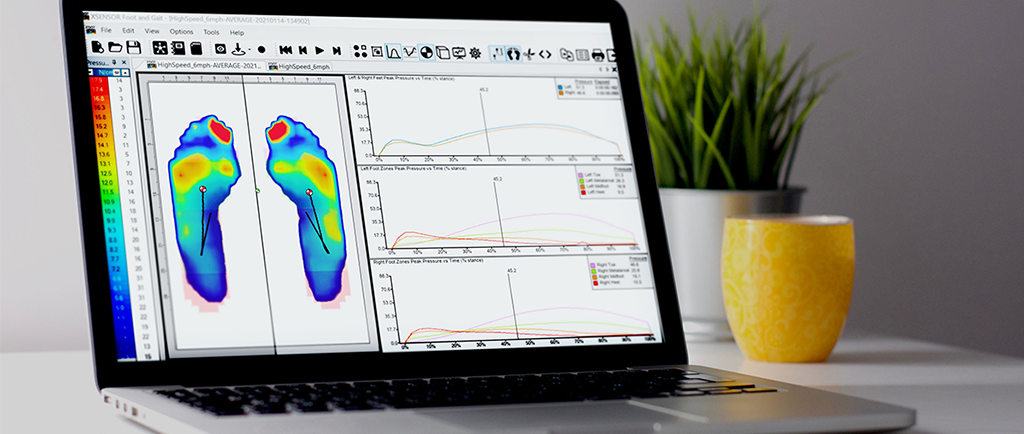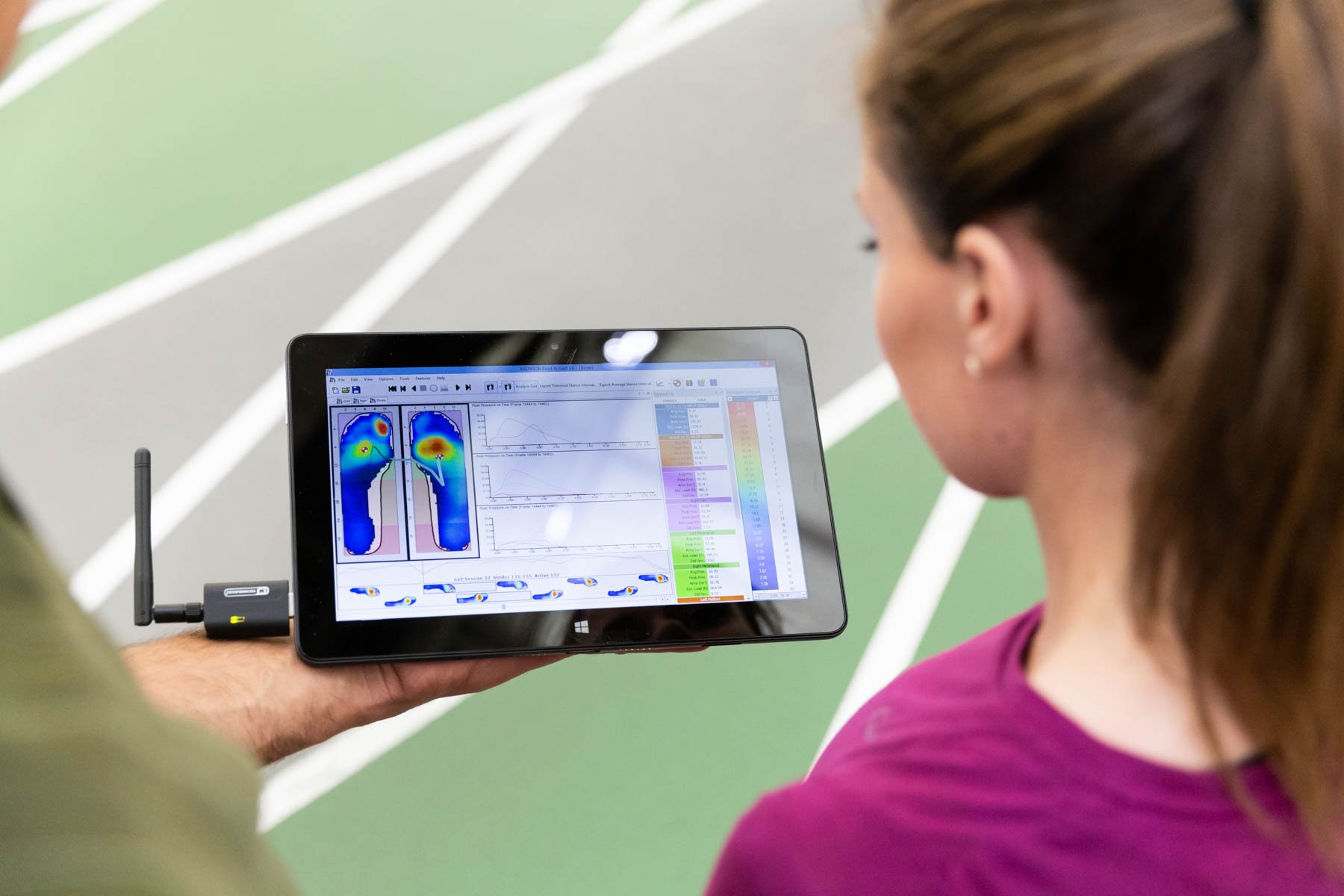
Develop a Baseline Profile for Athletes Using Insole Plantar Pressure Mapping
If you want to accurately measure an athlete’s progress over the course of their training, you’ll need to start by identifying their baseline profile.
Athlete monitoring has become a standard practice in the performance science and strength and conditioning industry because monitoring technology offers a clear, measurable way to identify baseline profiles, and helps maximize performance while reducing the likelihood of injuries. It also individualizes training load and recovery programs.
Accurate athlete monitoring doesn’t involve collecting bits of isolated data — it’s about consistently tracking changes over time. From a methodological standpoint, a baseline profile identifies changes and deviations from a normal state; in sport, a normal state could be an athlete in healthy condition (i.e. non-injured) or a period of time without any intense training efforts.
Technology for Establishing Baseline Profiles
By keeping track of how an athlete is reacting to their training program, sports trainers can make informed decisions about what’s working and what isn’t. Trainers also need a baseline profile to accurately monitor rehabilitation processes and make return-to-play decisions. One of the easiest, most accurate ways to determine an athlete’s baseline gait profile and measure performance changes is to use insole plantar pressure sensors.
Plantar pressure mapping can be used to establish baseline profiles by assessing general biomechanical parameters related to foot function and gait efficiency. The main goal of establishing a baseline profile is to allow trainers and rehab professionals to build a specific framework for competition season — as every coach and athlete knows, even the smallest of gains can mean the difference between winning and losing.
The individual baseline profile offers valuable information including:
- Tracking deviations (both positive and negative) from the established baseline
- Comparing pre-injury and post-injury data

Tracking deviations from the baseline can help coaches recognize signs of fatigue, injury or overload — this shows up as a decrease in efficiency or symmetry in certain biomechanical parameters — whereas comparisons are helpful especially in case of an injury.
Without baseline profiles, it can be difficult to determine what’s impacting an athlete’s performance. Plantar pressure mapping provides specific, individualized, quantitative insights on foot function and gait motion for coaches and athletes. Being able to take action as soon as a potential difficulty arises helps ensure that training results in the best possible performance during a competition or event.
Learn More About Baseline Profiles
Interested in seeing how you can develop a baseline profile with plantar pressure mapping? Watch our webinar 'Developing a Baseline Profile for Athletes', hosted by Sports Performance Scientist, Antonio Robustelli.

